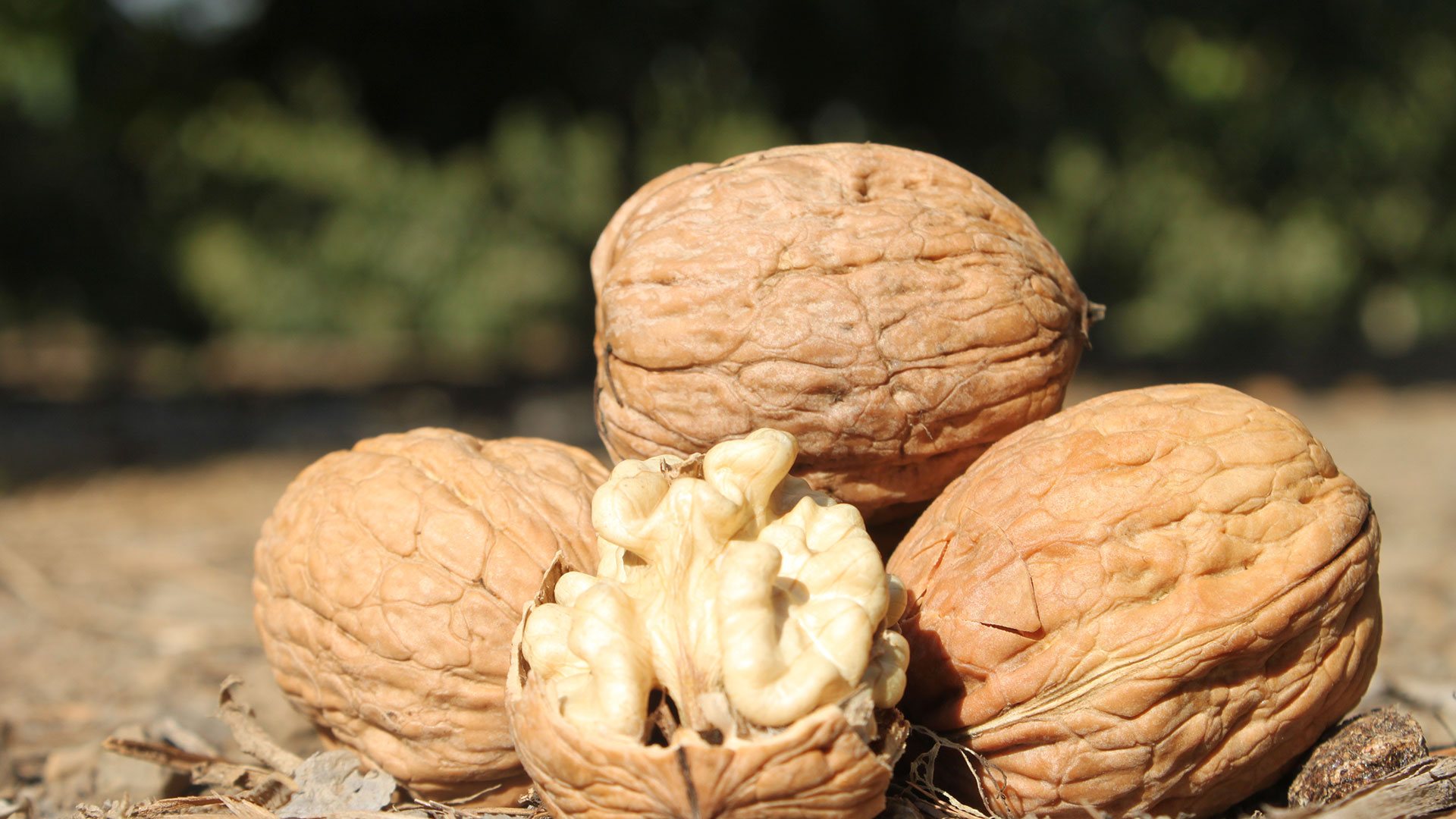Walnut harvesting has begun in Georgia. Despite significant precipitation, the harvest will continue as planned, EastFruit reports.
According to the founder of the Anigozi company and member of the supervisory board of the Association of Almond and Walnut Producers of Georgia, Anna Kevkhishvili, this season, the walnut harvest will be 3.3–3.4 thousand tons, which is significantly more than last year’s. The entrepreneur associates the increase in production with the beginning of full fruiting in many modern gardens, which have reached 5–6 years of age, as well as with a change in the attitude of farmers towards orchard management.

“Chandler,” the main variety in modern walnut orchards in Georgia, is demanding but the most commercially interesting for growing. With each season, the knowledge and experience base of our agronomists, for whom this variety is still relatively new, increases,” comments Anna Kevkhishvili in an interview with bm.ge. — In the 2022/23 season, local demand for walnuts increased enormously compared to 2021/22, so a significant part of the Georgian walnut was sold on the local market. The increase in demand, in turn, led to an increase in imports to Georgia.”
According to EastFruit analysts, in January 2023 alone, Georgia imported 3.5 times more walnuts than a year earlier. In general, in the 2022/23 season (from September to August), Georgia imported walnuts (both in shell and kernels) for $6.8 million, and in the 2021/22 season – for $3.9 million. The main walnut suppliers are Ukraine, Kyrgyzstan, and Uzbekistan, while China is gradually increasing its share in the Georgian market. According to Anna Kevkhishvili, the nut imported from these countries “is not a competitor for the Georgian Chandler because these are different products – the imported walnut is not high-quality, and the quality indicators do not meet the standards.”
According to Anna Kevkhishvili, industrial drying and processing of walnuts is a critical factor that will ensure the success of the development of this industry in Georgia and export markets. Fortunately, there are already enough companies in the country that provide such services to manufacturers. Drying and sorting nuts will make it possible to create a product of varying quality and sell exclusively premium products on export markets. “Thanks to modern varieties, proper care, and professional processing of nuts, our producers will be able to get the best price for their product,” confirmed the manager.
Although Georgia has a significant advantage in free trade under the Association Agreement with the EU, Georgia is not yet known on the EU market as a walnut producer. Therefore, it takes time to establish oneself in this market. One of the advantages may be that Georgia can enter the EU market with its nuts 2-3 weeks earlier than the United States, which is one of the leading importers of nuts to the EU due to its geographic proximity. Last season, trial deliveries of Georgian walnuts to Dubai were organized. India, which is one of the leading importers of walnuts in the world and is interested in premium quality, might also be of interest. But we should also not forget about neighboring countries – Armenia and Azerbaijan – where test batches of nuts were also exported.
As for prices, this year, the shelled walnut will cost from 15 to 25 lari ($5.6-9.3) depending on the quality and caliber.




